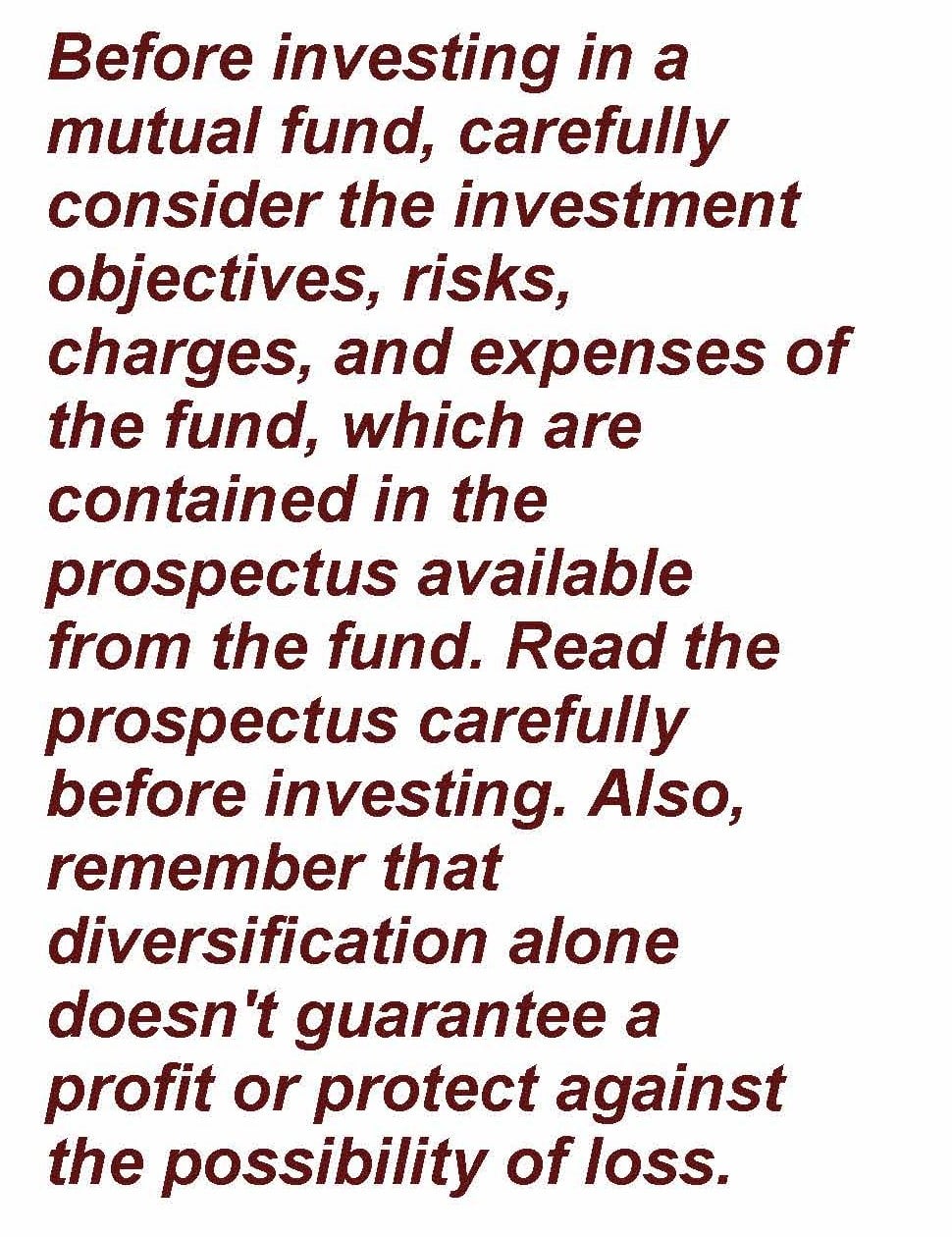One of the challenges of investing during retirement is providing for annual income while balancing that need with other considerations, such as liquidity, how long you need your funds to last, your risk tolerance, and anticipated rates of return for various types of investments. Annuities may be seen as a full or partial solution, since they can offer stable income or guaranteed lifetime payments (subject to the financial strength and claims-paying ability of the issuer). However, they’re not right for everyone.
A well-thought-out asset allocation in retirement is essential. While income investments alone are unlikely to meet all your needs, it’s important to understand some of the most common non-annuity investments that can provide income as part of your overall investment strategy.
 Bonds: retirement’s traditional backbone
Bonds: retirement’s traditional backbone
A bond portfolio can help you address investment goals in multiple ways. Buying individual bonds (which are essentially IOUs) at their face values and holding them to maturity can provide a predictable income stream and the assurance that you’ll receive the principal when the bond matures unless a bond issuer defaults. (Bear in mind that if a bond is callable, it may be redeemed early, and you would have to replace that income.) You also can buy bonds through mutual funds and exchange-traded funds (ETFs). Bond funds are subject to the same inflation, interest rate, and credit risks associated with their underlying bonds. Depending on your circumstances, funds may provide greater diversification at a lower cost than individual bonds. However, a bond fund has no specific maturity date and therefore behaves differently from an individual bond, though like an individual bond its price typically moves in the opposite direction from interest rates, which can adversely affect its performance.
Consider the issuer
Bonds are available from many types of issuers, including corporations, the U.S. Treasury, local and state governments, governmental agencies, and foreign governments. Each type is taxed differently. For example, the income from Treasury securities (unlike corporate bonds) is exempt from state and local taxes but not from federal taxes. U.S. Treasury securities are guaranteed by the federal government as to the timely payment of principal and interest. The principal value of Treasury securities fluctuates with market conditions. If not held to maturity, they could be worth more or less than the original amount paid.
Bonds issued by state and local governments, commonly called municipal bonds or munis, are just the opposite. Often a staple for retirees in a high tax bracket, munis generally are exempt from federal income tax (though specific issues may be taxable), but may be subject to state or local taxes and the alternative minimum tax. Largely because of that tax advantage, a tax-free bond typically yields less than a corporate bond with the same maturity. You’ll need to compare a muni’s tax-equivalent yield to know whether it makes sense on an after-tax basis.
Think about bond maturities
Bond prices can drop when interest rates and/or inflation rise, because their fixed income will buy less over time. Inflation affects prices of long-term bonds — those with maturities of 10 or more years — the most. One way to keep a bond portfolio flexible is to use so-called laddering: buying bonds with various maturities. As each matures, its proceeds can be reinvested. If bond yields are up, you benefit from higher rates; if yields are down, you have the option of choosing a different maturity or investment.
Certificates of deposit/savings accounts
Certificates of deposit (CDs), which offer a fixed interest rate for a specific time period, usually pay higher interest than a regular savings account, and you typically can have interest paid at regularly scheduled intervals. A CD can be rolled over to a new CD or another investment when it matures, though you may not get the same interest rate, and you’ll pay a penalty if you cash it in early. A high-yield savings account also pays interest, and, like a CD, is FDIC insured up to $250,000 per depositor per insured institution.
Stocks offering dividends
Dividend-paying stocks, as well as mutual funds and ETFs that invest in them, also can provide income. Because dividends on common stock are subject to the company’s earnings, which are influenced by economic, market, and political events, and a decision by its board of directors each quarter, dividends are typically not guaranteed and could be changed or eliminated.
economic, market, and political events, and a decision by its board of directors each quarter, dividends are typically not guaranteed and could be changed or eliminated.
However, dividends on preferred stock are different; the rate is fixed and they’re paid before any dividend is available for common stockholders. That fixed payment means that prices of preferred stocks tend to behave somewhat like bonds. Preferred shares usually pay a higher dividend rate than common shares, and though most preferred stockholders do not have voting rights, their claims on the company’s assets will be satisfied before those of common stockholders if the company has financial difficulties. However, a company is often permitted to call in preferred shares at a predetermined future date, and preferred stockholders do not participate in a company’s growth as fully as common shareholders would.
Pass-through securities
Some investments are designed to act as a conduit for income from underlying assets. For example, mortgage-related securities represent an ownership interest in mortgage loans made by financial institutions. The most basic of these, known as pass-throughs, represent a direct ownership interest in a trust that consists of a pool of mortgages. Examples of pass-throughs include securities issued by the Government National Mortgage Association, the Federal Home Loan Mortgage Corporation, and the Federal National Mortgage Association.
Automated inflation fighting
Some investments are designed to fight inflation for you. Treasury Inflation-Protected Securities (TIPS) pay a slightly lower fixed interest rate than regular Treasuries. However, your principal is automatically adjusted twice a year to match changes in the Consumer Price Index (CPI). Those adjusted amounts are used to calculate your interest payments.
The inflation adjustment means that if you hold a TIPS until it matures, your repaid principal will likely be higher than when you bought it (the government guarantees it will not be less). However, you can still lose money if you sell a TIPS before maturity. Inflation rates change, and other interest rates can affect the value of a TIPS. If inflation is lower than expected, the total return on a TIPS could actually be less than that of a comparable non-indexed Treasury. Also, federal taxes on the interest and increases in your principal are owed yearly even though additions to principal aren’t paid until a TIPS matures. Inflation-linked CDs function much like TIPS, but you’ll generally owe federal, state, and local taxes each year.
Some mutual funds are managed with an eye toward inflation. A mutual fund that invests in inflation-protected securities pays out not only the interest but also any annual inflation adjustments, which are taxable each year as short-term capital gains. Some funds target inflation by mixing TIPS with floating rate loans, commodity-linked notes, real estate-related investments, stocks, and bonds.
Distribution funds
Some mutual funds are designed to provide an income stream from year to year. Available as part of a series, each fund designates a percentage of your assets to be distributed each year as scheduled payments, usually monthly or quarterly. Some funds are designed to last over a specific time period and plan to distribute all your assets by the end of that time; others focus on capital preservation, make payments only from earnings, and have no end date. You may withdraw money at any time from a distribution fund; however, that may reduce future returns. Also, payments may vary, and there is no guarantee a fund will achieve the desired return.
Many choices
New ways to help you translate savings into income are constantly being created. These are only a few of the many possibilities, and there’s more to understand about each.
We can help you create a well-diversified portfolio that balances risk and return. This will assist in maximizing your potential for growth while minimizing your exposure to market volatility. Please reach out to please reach out today to learn more about how we can help to try to achieve your investment objectives. Scarlet Oak Financial Services can be reached at 800.871.1219 or contact us here. Click here to sign up for our weekly newsletter with the latest economic news.
Source:
Broadridge Investor Communication Solutions, Inc. prepared this material for use by Scarlet Oak Financial Services.
Broadridge Investor Communication Solutions, Inc. does not provide investment, tax, legal, or retirement advice or recommendations. The information presented here is not specific to any individual’s personal circumstances. To the extent that this material concerns tax matters, it is not intended or written to be used, and cannot be used, by a taxpayer for the purpose of avoiding penalties that may be imposed by law. Each taxpayer should seek independent advice from a tax professional based on individual circumstances. Scarlet Oak Financial Services provide these materials for general information and educational purposes based upon publicly available information from sources believed to be reliable — we cannot assure the accuracy or completeness of these materials. The information in these materials may change at any time and without notice.



